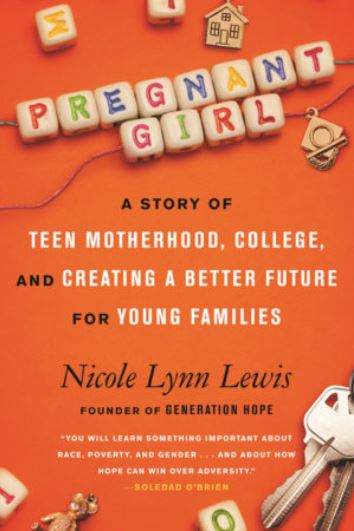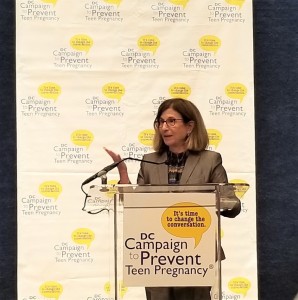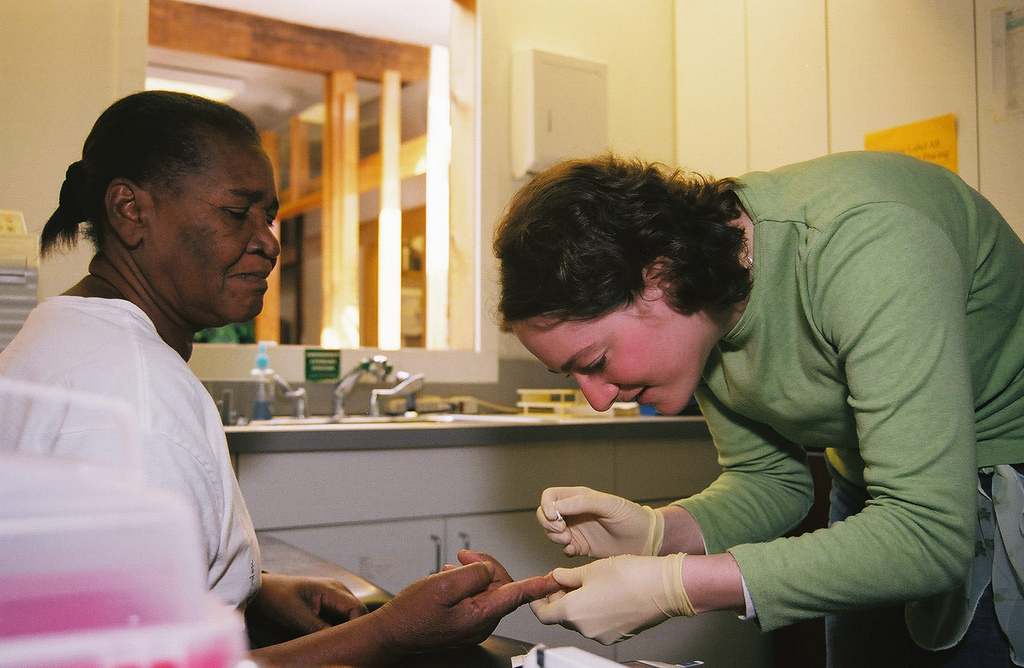Engaging and Supporting Your Staff with a Retreat
As we rapidly dive into the second half of the calendar year, summer can be a good time to reflect on your organization’s progress, engage in team building, and chart a path for the immediate future. We often hear from nonprofits about the challenges of staff engagement right now. From burnout to remote work to new roles hired during the pandemic, many teams are new and/or working together in new ways. One potential answer to these engagement challenges is to hold a staff retreat.
Over the course of the pandemic, the Catalogue for Philanthropy has seen its nonprofit partners pivot operations in numerous ways, such as transitioning to a completely virtual office, hiring new staff, or pausing strategic planning efforts. Taking a moment to evaluate your organization’s mission, values, and goals through a staff retreat can help ensure that your team feels energized and supported in the coming months, especially if you have new members on your team.
Defining the Purpose of a Retreat
Though staff retreats look different across the nonprofit sector depending on the size of your team and the goals of your organization, a retreat typically has four broad goals:
1. Show staff you appreciate them.
From programming to fundraising to communications to operations, nonprofit staff engage in critical and challenging work every day. It’s important to recognize your team’s passion and dedication to the mission of your organization, as well as to appreciate the skills and experiences they bring to their work.
When organizing your staff retreat, don’t forget to create space for gratitude. Set aside some time to celebrate both individual and team achievements, including surprise successes, hitting a goal, impactful stories, making some much needed progress, and exciting developments. Make sure you “shoutout” the strengths and wins of each team member both publicly and personally — you can even involve the praise of clients, board members, volunteers, or fellow staff members.
2. Discuss difficulties and challenges.
This one might be less fun than #1, but it is equally important. Before looking ahead to the next year, it’s crucial to evaluate the progress of your organization and conduct an honest assessment of the areas in which you want to improve. A staff retreat should provide room for your team to raise any concerns they have, whether it be about programming or the flexibility of your nonprofit’s work arrangements.
If you have yet to hold a staff retreat since the onset of COVID-19, be prepared to address questions about how your organization plans to proceed with hybrid work, events, or programming, as well as questions about work-life balance and employee wellbeing. With the boundaries between our personal and professional lives and spaces blurring, and with many nonprofit staff feeling burnout and dealing with personal difficulties, it is especially critical to have open conversations about how they may or may not be feeling supported by your organization so that you can co-create a plan of action moving forward.
Listen to your staff, allow them to surface and discuss their pain points, proactively ask them to reflect on how staff policies and workflows have been a help or hindrance for them, and remain open to receiving transparent feedback. Use the retreat as an opportunity to gather your team’s ideas on how to best care for them, be it through offering bonuses, more time off, purchasing new equipment, organizing more happy hours, and so on.
3. Set big picture goals for the next year.
It can be easy to get lost in the throes of a nonprofit’s day-to-day work. An annual retreat is a chance for your organization to recommit to its values, mission, and goals at a higher level. Spend some time getting everybody on the same page about why your nonprofit exists to reaffirm the purpose of your team’s daily tasks and set the foundation for examining what has worked well and where you can improve.
Let your team dream a little. Give them a chance to get excited and to re-engage with why they do the work. This can get buried in the endless to-do lists, especially when working remotely.
If there are specific questions about the strategic direction of your organization that you want staff to explore during this retreat, send them these questions ahead of time so they can prepare for a fruitful discussion. When setting goals, be clear about what you can realistically achieve and be specific about the time frame in which you’re aiming to achieve them. Prioritize your goals based on your organization’s values and then establish the metrics your team will use to measure your progress against these goals.
Given the uncertainty we live in, and have been living in for a while, it’s important to also acknowledge that long-term goal setting can be difficult. If it’s helpful to do so, focus on the next year with actionable milestones just 3-6 months into the future. You can also remind the team that uncertainty is now a part of planning and that we need to stay flexible.
4. Have fun as a team.
Whether you hold your staff retreat in-person or virtually, there are many ways you can get creative about bonding as a team. In our experience, the strength of a nonprofit relies heavily on the strength of its team. One of the most vital elements of a retreat is building an engaging and supportive team culture that will leave your staff feeling energized, motivated, and excited to work with each other.
So, don’t forget to introduce fun elements to your retreat! These ideas can range from simply playing a short game before each session to organizing a post-retreat get-together. Every culture and staff will need and want something different, but focus on activities that allow staff to express themselves and to connect with coworkers they may not typically work with every day.
Beyond the Retreat
Following up after a retreat is just as valuable as having one. It can be VERY demoralizing for a team to have a great retreat, set some good goals, and then never hear about them again. Make sure you co-create a plan with staff to share takeaways from the retreat, next steps, and a plan for accountability. Through both regular one-on-one and team meetings, carry the momentum from your retreat forward by building on the skills that are needed to achieve the goals you’ve collectively set for your nonprofit.
At the same time, look for ongoing opportunities to connect staff with each other. Keep some fun elements throughout the year to help deepen your team’s relationships.
For more tips and resources on leading and growing with your values, and on using play as a management tool, check out the slides and recordings from the 2022 National Small Nonprofit Summit. The Catalogue for Philanthropy also offers paid consulting services for small nonprofits in the areas of strategic planning, staff engagement, and board engagement. If you’re interested, please reach out to Chiara Banez for more information.







 As I finished my senior year at Wesleyan University, one of the things I was most afraid of for my post-grad life was losing the environment in which everyone is eager to share the learning process with their friends and peers. The desire to preserve that, and the importance of my Jewish communities and experiences to me, is what led me to Avodah: The Jewish Service Corps.
As I finished my senior year at Wesleyan University, one of the things I was most afraid of for my post-grad life was losing the environment in which everyone is eager to share the learning process with their friends and peers. The desire to preserve that, and the importance of my Jewish communities and experiences to me, is what led me to Avodah: The Jewish Service Corps.
 As we begin 2019, all of us at Inspired Teaching are deeply appreciative of the educators and students who made 2018 a joyful and meaningful year of learning. We are proud to share some of our favorite highlights from the last twelve months as we reflect on the moments that inspired us:
As we begin 2019, all of us at Inspired Teaching are deeply appreciative of the educators and students who made 2018 a joyful and meaningful year of learning. We are proud to share some of our favorite highlights from the last twelve months as we reflect on the moments that inspired us: Inspired Teaching Fellows Create Engaging Learning Opportunities
Inspired Teaching Fellows Create Engaging Learning Opportunities